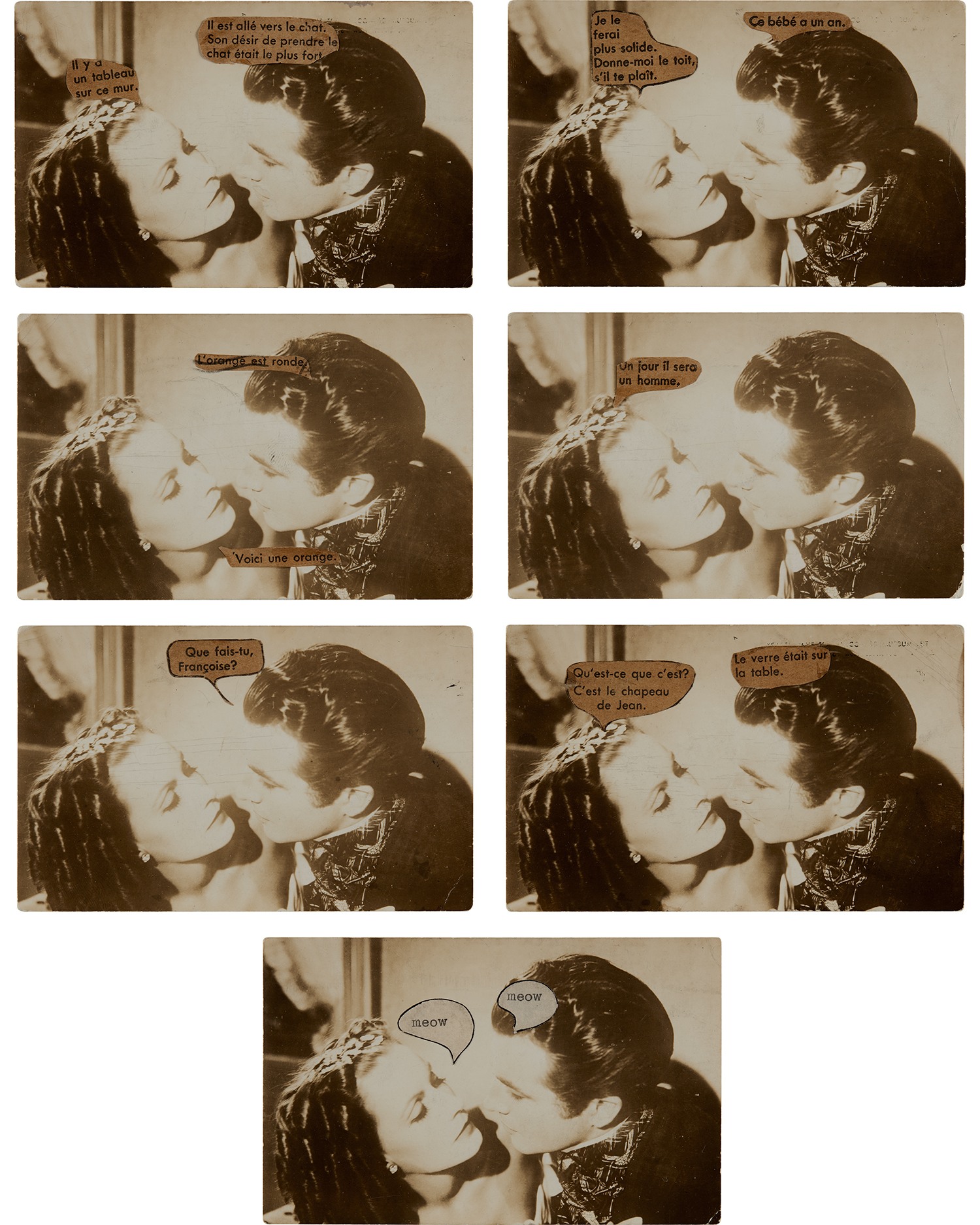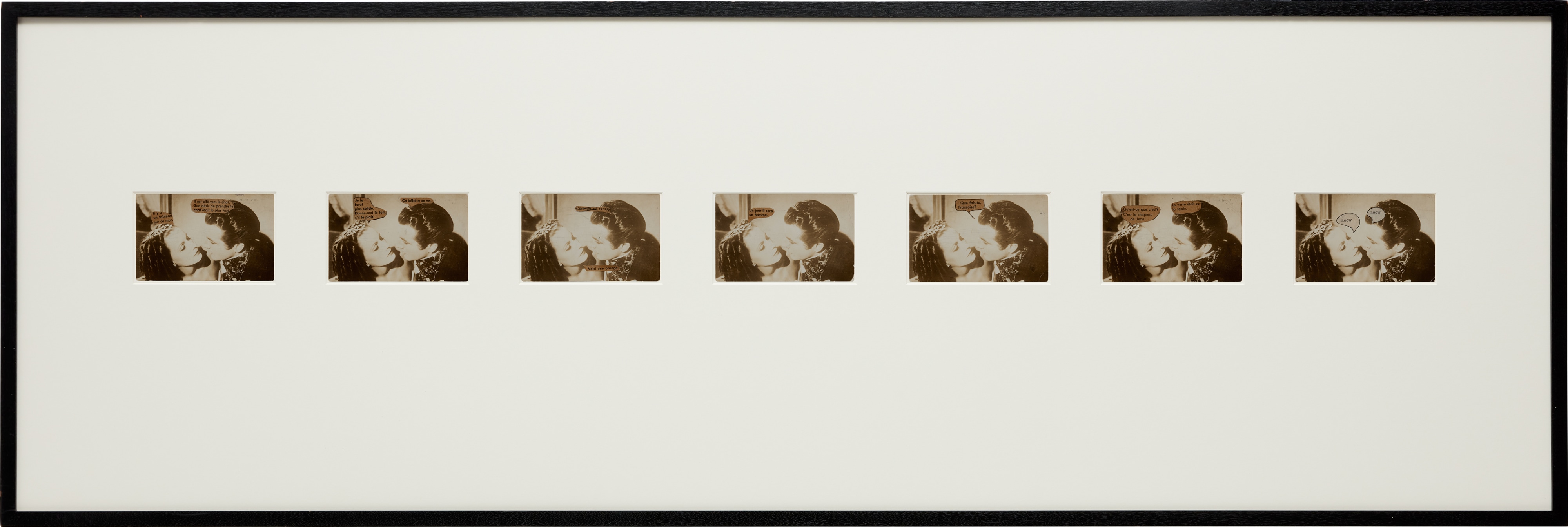

42
Andy Warhol
Untitled (Camille series)
- Estimate
- $30,000 - 40,000
overall 20 1/2 x 60 7/8 in. (52.1 x 154.6 cm)
Further Details
The ephemerality of Andy Warhol’s Untitled (Camille Series), executed in 1952, belies an intriguing and rich history.
Warhol was first put in touch with fashion photographer Otto Fenn by Tina Fredericks, art director at Glamour magazine, where Warhol landed one of his first major assignments as a commercial illustrator, directly after moving to New York in 1949. Fenn, a gay man some 15 years Warhol’s senior, would ultimately take the budding young artist under his wing, introducing him to a world of transvestitism and drag. Fenn’s two-story midtown studio would become a space of playful and creative collaboration for the artist. As Warhol’s biographer describes:
“Warhol paid him [Fenn] almost daily visits and made some of his own works in Fenn’s studio while also providing Fenn with painted props for his shoots. They even collaborated on a Christmas card sent out from Fenn’s studio.”
—Blake Gopnik
In 1952, the same year as Warhol’s first solo exhibition at the Hugo Gallery, the artist sent Fenn a series of doctored postcards from the Museum of Modern Art which featured a still from the 1936 Greta Garbo melodrama Camille, captured at the moment when she and Robert Taylor are poised for a kiss. The choice of Greta Garbo here was not coincidental; around this time, Warhol asked his friend George Klauber to photograph him in the famous hands-on-head pose of Garbo, “the great serious idol of camp taste,” as she was once described. The postcards may have also inspired Fenn’s mostly gay crowd to produce an all-male version of Camille, shot the following year on Fire Island. Warhol would even create a similar postcard to send to Truman Capote as a Christmas card, although this work was never actually delivered.These postcards are very much inflicted with a pre-Pop Pop sensibility and a camp aesthetic, a convergence of avant-garde and popular culture. Warhol added collaged speech bubbles to each postcard, with typewritten phrases chosen at random from a French textbook. This dialogue is chiefly nonsense, designed to juxtapose the moment of romantic intensity depicted against the absurdity of the text. One example reads: “L’orange est ronde. / ‘Voice une orange.” (“The orange is round. / Here’s the orange.”)

Details of the present work.
A rare and fascinating work, Untitled (Camille Series) reflects the early stage of Warhol’s career which stood in stark contrast against the hyper-masculinity that defined Abstract Expressionism in the 1950s, a precursor of what was to become of the artist.
Full-Cataloguing
Andy Warhol
American | B. 1928 D. 1987Andy Warhol was the leading exponent of the Pop Art movement in the U.S. in the 1960s. Following an early career as a commercial illustrator, Warhol achieved fame with his revolutionary series of silkscreened prints and paintings of familiar objects, such as Campbell's soup tins, and celebrities, such as Marilyn Monroe. Obsessed with popular culture, celebrity and advertising, Warhol created his slick, seemingly mass-produced images of everyday subject matter from his famed Factory studio in New York City. His use of mechanical methods of reproduction, notably the commercial technique of silk screening, wholly revolutionized art-making.
Working as an artist, but also director and producer, Warhol produced a number of avant-garde films in addition to managing the experimental rock band The Velvet Underground and founding Interview magazine. A central figure in the New York art scene until his untimely death in 1987, Warhol was notably also a mentor to such artists as Keith Haring and Jean-Michel Basquiat.